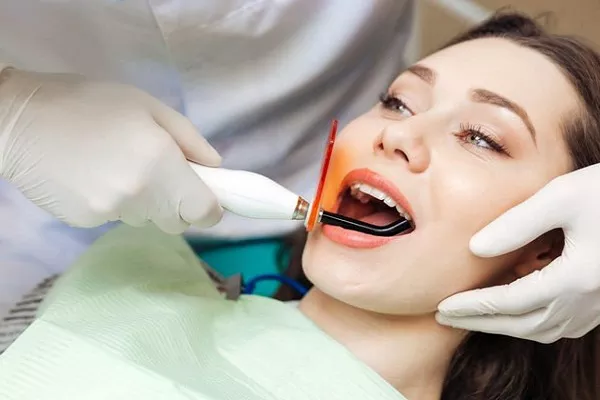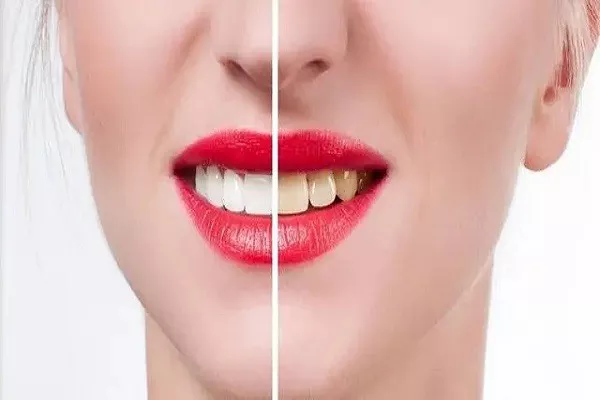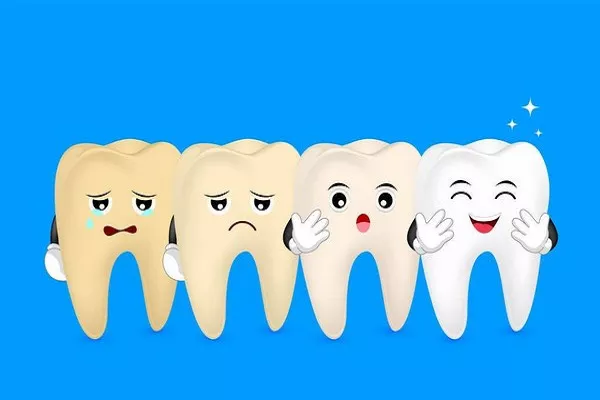Teeth whitening is a popular cosmetic procedure that aims to brighten smiles and boost confidence. As individuals incorporate teeth whitening into their oral care routine, questions often arise about the dos and don’ts immediately following the application of whitening strips. One common query is: Can you eat after putting on white strips? In this article, we will explore the factors that influence eating habits during teeth whitening, the impact of food consumption on whitening effectiveness, and recommendations for maintaining oral hygiene throughout the process.
Understanding Teeth Whitening Strips
Teeth whitening strips are a convenient and non-invasive method for achieving a whiter smile. These thin, flexible strips are coated with a bleaching agent, typically containing hydrogen peroxide, which works to break down surface stains and lighten tooth color. The duration of wear varies based on the product instructions, ranging from 30 minutes to a couple of hours per session.
Eating After Applying Whitening Strips: Factors to Consider
The timing of eating after using teeth whitening strips can influence the effectiveness of the treatment and the overall health of your teeth. Several factors come into play:
Whitening Agent Activation: The bleaching agent in whitening strips is active and working to break down stains during the application period. Eating immediately after applying the strips can interfere with this process and reduce the whitening effect.
Enamel Sensitivity: Teeth may become temporarily more sensitive during and after whitening treatments. Consuming certain foods immediately after applying strips can intensify sensitivity and discomfort.
Staining Foods and Beverages: Certain foods and beverages, such as coffee, tea, red wine, and colorful sauces, can contribute to tooth staining. Eating these foods shortly after applying whitening strips can counteract the desired whitening effect.
Oral Hygiene Maintenance: Maintaining good oral hygiene during the whitening process is crucial. The act of eating immediately after applying strips can introduce food particles into the spaces between teeth and under the strips, potentially causing plaque buildup.
Recommended Practices for Eating During Teeth Whitening
Follow Instructions: Adhere to the product instructions provided by the manufacturer. If the instructions recommend avoiding eating or drinking during the whitening session, it’s best to follow the guidelines for optimal results.
Wait Before Eating: To maximize the effectiveness of teeth whitening strips, wait at least 30 minutes to an hour after removing the strips before consuming food or beverages. This allows the bleaching agent to continue working without interference.
Choose Whitening-Friendly Foods: If you need to eat shortly after whitening, opt for foods that are less likely to cause staining. Plain yogurt, white meat, vegetables, and clear soups are better choices compared to highly pigmented foods.
Stay Hydrated: Drink plenty of water during and after the whitening session to help rinse away any residual bleaching agent and reduce sensitivity.
Practice Oral Hygiene: After eating, brush your teeth gently to remove any food particles that may have accumulated. Flossing can help remove debris from between teeth and under the whitening strips.
Conclusion
While teeth whitening strips can help achieve a brighter smile, it’s important to consider the impact of eating habits on the whitening process. Waiting for a short period after applying whitening strips before consuming food can enhance the effectiveness of the treatment and minimize potential interference. Choosing whitening-friendly foods and practicing proper oral hygiene during the whitening process are essential for maintaining the desired results and overall oral health. By following these recommendations and adhering to the product instructions, individuals can enjoy the benefits of teeth whitening while ensuring the long-lasting beauty of their smile.
Related Topics:





























